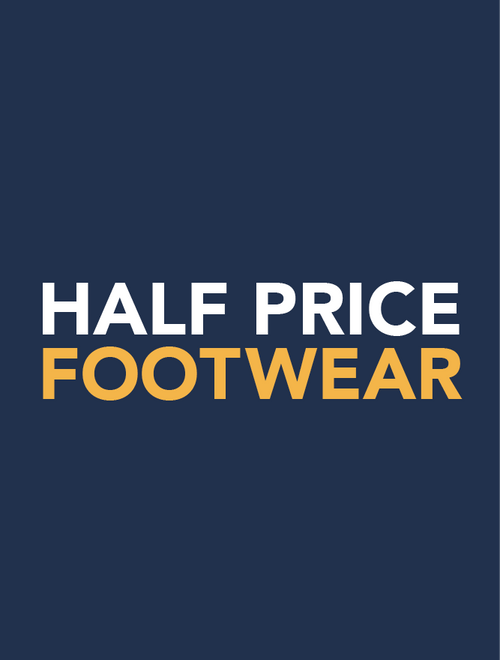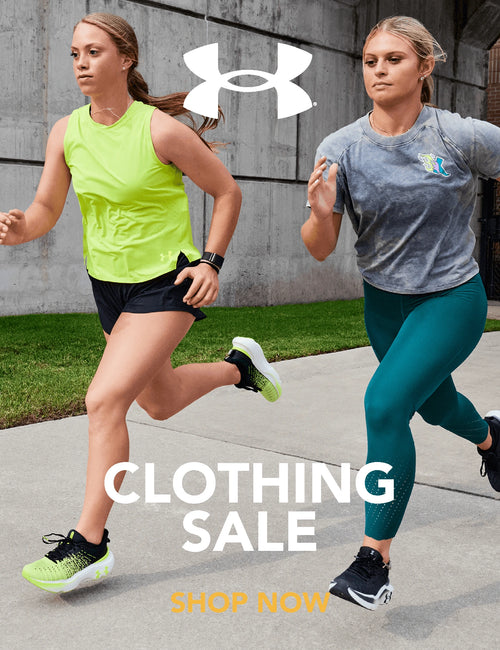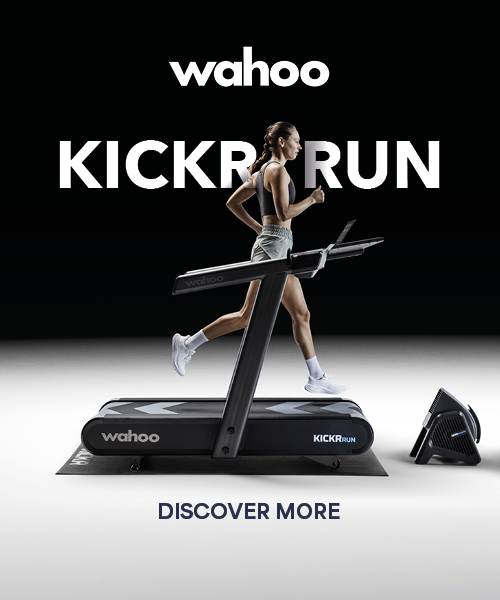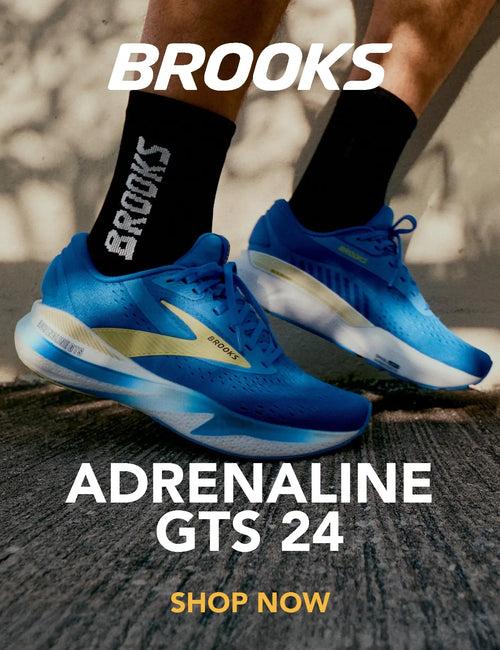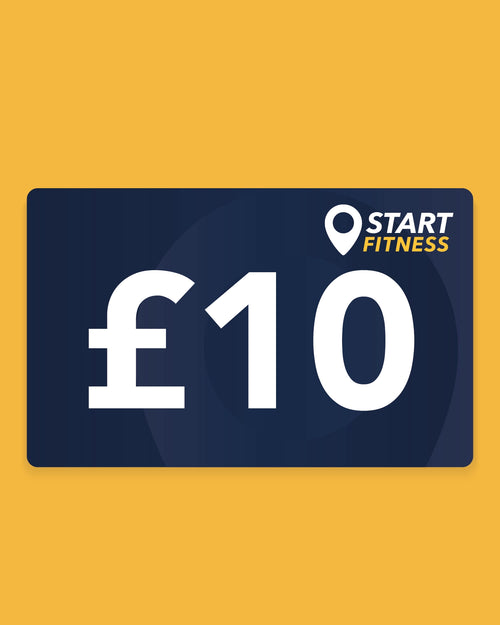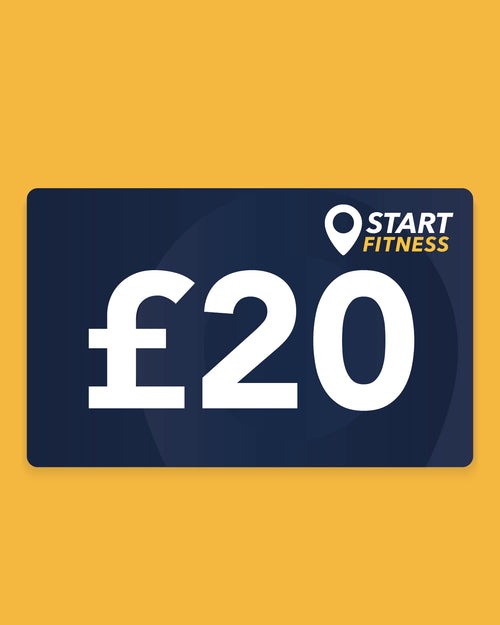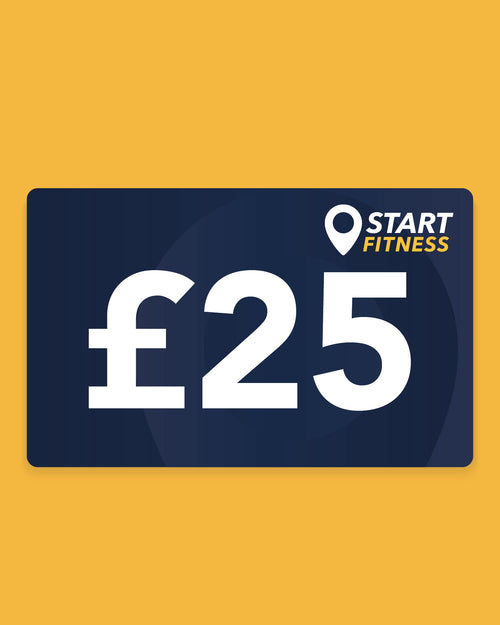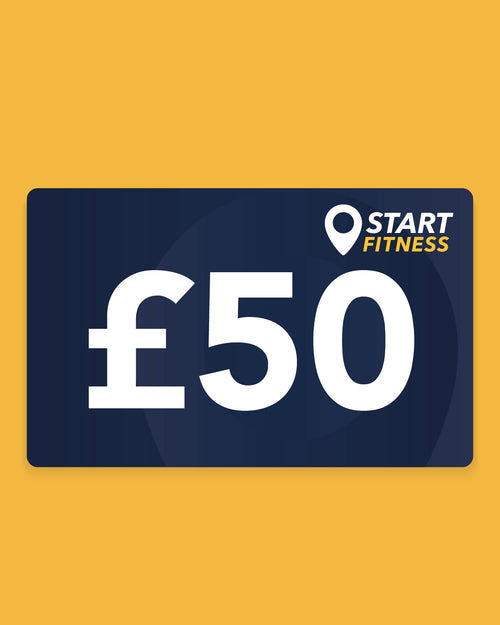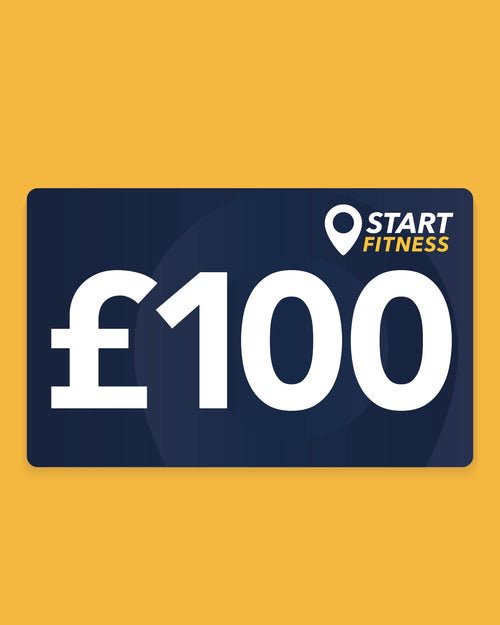Running shoe rotation is a strategy that can help you ensure the longevity of your footwear and improve your running performance. Whether you're just starting out on your running journey, running recreationally, or you're a high-mileage runner aiming to hit new personal records, rotating between different types of shoes can make a significant difference.
Keep reading as we guide you through what a running shoe rotation is, its benefits, and how to know when to replace your shoes, ensuring you stay comfortable every training session.
What is a running shoe rotation?
A running shoe rotation means using multiple pairs of running shoes for your training instead of sticking to just one pair. There are a number of different reasons why people do this, including:
-
Better shoe lifespan - rotating shoes reduces the wear on any one pair between runs, which can help extend the lifespan of the shoes.
-
Reduced risk of injury - different shoe models provide varying levels of support and cushioning, to different areas of the foot, which can help reduce repetitive stress on specific areas.
-
Adaptation to different goals and conditions: different shoes allow runners to accommodate a range of terrains or running goals (e.g., races, long distances, or trails) as some shoes are better suited for specific running types or environments.
To help illustrate the need for different types of shoes, if you’re a regular runner you might rotate between a pair of cushioned shoes for long runs, a lighter pair for speedwork, and a trail shoe for off-road running. Alternatively, you may rotate between your race day shoes and training shoes to ensure the longevity of both.
How many pairs of running shoes should I have for a rotation?
How many pairs of shoes you’ll need depends on your training routine. Overall, we’d suggest having at least three pairs. If you aren’t sure where to start, then we recommend you choose from the following options below to build a running rotation that works for you. This is because three pairs of shoes will provide more versatility for regular training. This can also help you to accommodate different types of runs for example, by incorporating trail shoes for off-road running. For competitive or high-mileage runners and those with specific and strict training requirements, you might need four pairs of shoes in your rotation. This will help to significantly reduce the strain on your shoes and stop them from wearing down too quickly.
What shoes should I include in my rotation?
Firstly, we’d recommend a pair of cushioned shoes such as the Brooks Glycerin Max running shoes for long runs and training, and lighter shoes such as the Asics Gel Nimbus 27 running shoes for a more neutral experience that caters to many different running styles.
Brooks Glycerin Max Men's Running Shoes - £179.90 | Asics Gel Nimbus 27 Mens Running Shoes - £179.90
For increased versatility, you may also wish to include a shoe such as the Altra Lone Peak 9+ Trail Running Shoes. This shoe makes a fine addition to the cushioned and neutral shoes mentioned above to complete a three-way rotation. It’s equipped with a fierce outer grip to provide complete stability no matter how uneven the terrain and a revised midsole foam is designed to deliver a comfortable connection to the ground. Alternatively, a more neutral everyday running shoe that can still provide versatility across a range of everyday terrains would be the Mizuno Wave Inspire 21 running shoes. Ideal for casual runs, these shoes provide support for running in a wide range of settings with soft, propulsive cushioning and a durable carbon rubber outsole for supreme traction.
Altra Lone Peak 9+ Mens Trail Running Shoes - £129.90 | Mizuno Wave Inspire 21 Mens Running Shoes - £139.90
If none of the above options meet your needs, or you’d like to have four pairs in your rotation then we’d also recommend considering the Saucony Endorphin Elite 2 Running Shoes. These super shoes can do a bit of everything, from increasing speed to delivering smooth transitions. They’re lightweight and can be used as a race day shoe too.
Saucony Endorphin Elite 2 Running Shoes - £279.90 | adidas Adizero Adios Pro 4 Mens Running Shoes - £219.90
For high-mileage runners, especially, having a dedicated racing shoe is essential for your shoe rotation. We suggest trying the adidas Adizero Adios Pro 4 running shoes, which have been specifically made for runners who want to experience faster speeds, with enhanced features designed to optimise running efficiency and sports a double layer of best-in-class ultralight LIGHTSTRIKE PRO cushioning, to help maintain energy over the long term. This makes these shoes a great option for those competing in a race or long-distance event.
Can I rotate between different types of running shoes, like stability and neutral shoes?
Yes, you can rotate between different types of running shoes, like stability and neutral shoes. In fact, rotating shoes can be better than using the same pair for a number of reasons, such as reducing repetitive stress and the risk of injury. Different shoes provide different types of support and cushioning and so by rotating them you can give your feet and legs a break from the repetitive stress caused by wearing the same type of shoe each time. Some runners also find that rotating shoes helps them to avoid fatigue or discomfort in certain areas of their feet or legs.
However, it’s important to make sure you’re choosing shoes that are suitable for your specific needs and running style. If you have specific gait issues (like overpronation or underpronation), it’s best to stick to shoes that offer the right kind of support. If you’re unsure, consulting with a running store expert or a podiatrist can help you determine which shoes are best for you.
How do I know when to replace a pair of shoes in my rotation?
To know when to replace a pair of shoes in your rotation, you can look at the mileage. Most running shoes last between 300 to 500 miles, depending on the shoe type, terrain, and your running style. You can use a running app to keep track of how many miles you have run, and therefore how much mileage is on each pair. Just make a note of which pair of shoes you used for each run.
With that being said, you can also look to analyse the more visible and physical aspects of the shoe. As shoes wear out, so too does the cushioning and support and you'll start to feel more impact on your joints and may experience discomfort. If you notice that your shoes are feeling less cushioned or less supportive than they used to, you should consider swapping them out.
You can also check the outsole for wear and tear, especially on high-contact areas like the heel. If the tread is worn down significantly, grip may also be affected. Additionally, look for any tears or stretched fabric in the upper portion of the shoe.
Create your ideal running shoe rotation with Start Fitness
The right running shoe rotation can give you the edge you need to enhance your performance and extend the life of your footwear. We have a wide selection of running shoes available to help you make the right choice, from neutral cushioning to trail.
Whatever you need to support your running journey, you can find it right here at Start Fitness.
